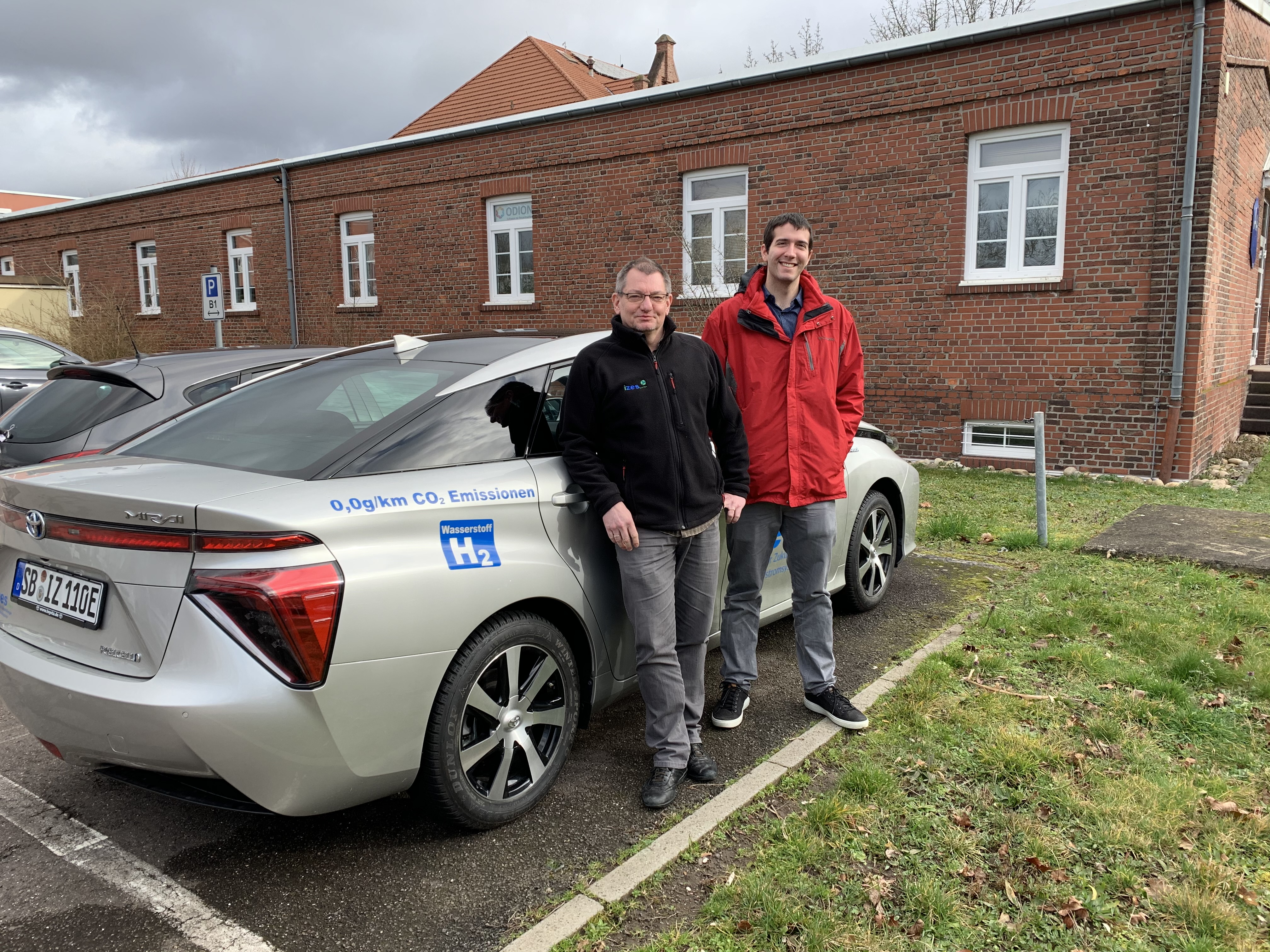Through the GENCOMM project the capability of personal FCEVs to become a reliable alternative for fossil fuels will be tested and examined. However, public transportation must also begin moving towards being powered by more renewable means. There have been experiments in Hydrogen powered buses for several decades and small fleets are already located in countries around the world, such as Scotland and Japan. Now Germany and France are leading the way in the implementation of Hydrogen powered trains. Manufactured by the French company Alstom and launched in Lower Saxony, Germany in 2018, the Coradia iLint was the first Hydrogen powered train to enter service. Able to travel up to 140 km per hour and operating on a 100 km line it services the locations of Cuxhaven, Bremerhaven, Bremervorde, and Buxtehude. Alstom has stated that it will deliver another 14 Hydrogen powered models to lower Saxony by 2021 and other countries, such as France and Italy, have also expressed interest in Hydrogen trains. The Coradia is more expensive than an ICE train of a similar size but a Hydrogen train is cheaper to operate. In 2017 railway travel in the EU amounted to 470 billion passenger kilometres, or 6.8% of all transport and 24.4% of public transport, showing a definite need for a zero emissions option. Being a major mode of transportation in most countries there is certainly a market for Hydrogen trains but by 2017 54% of the EU28 railway fleet was already electrified. Meaning that much of the fleet is already running on potentially green energy depending on how the power is supplied. There is still a need for alternatively powered trains as some lines are either simply not electrified or can’t be electrified and the use of Hydrogen powered trains with partial line electrification would work in most areas.
Hydrogen powered trains journey continues in Germany

